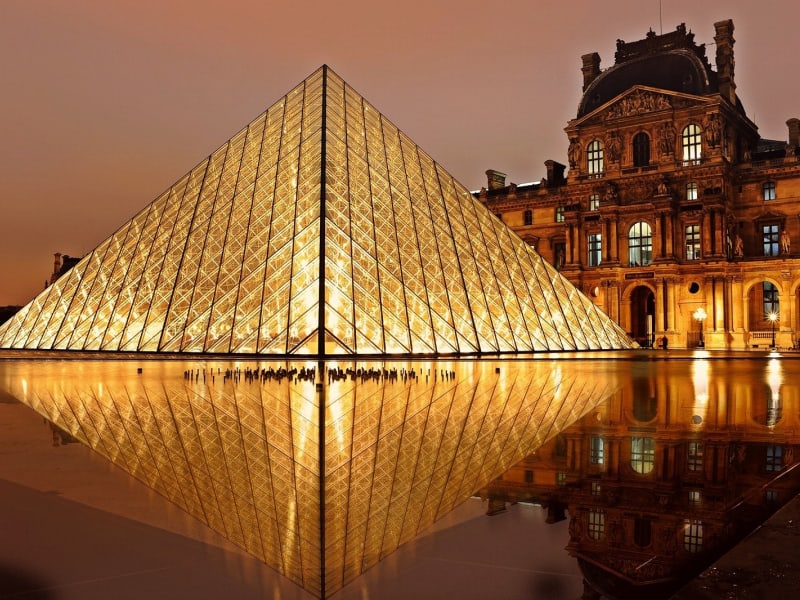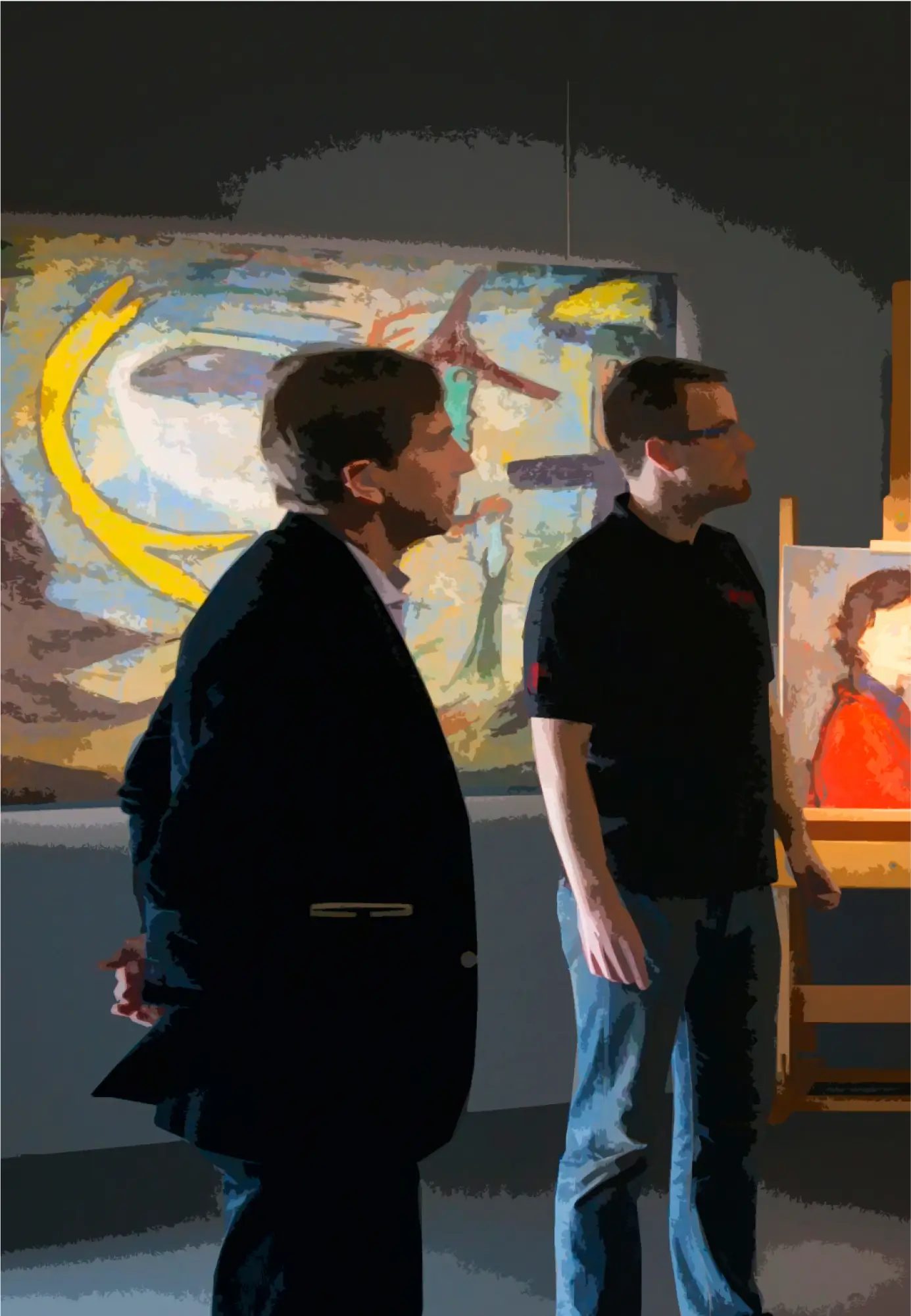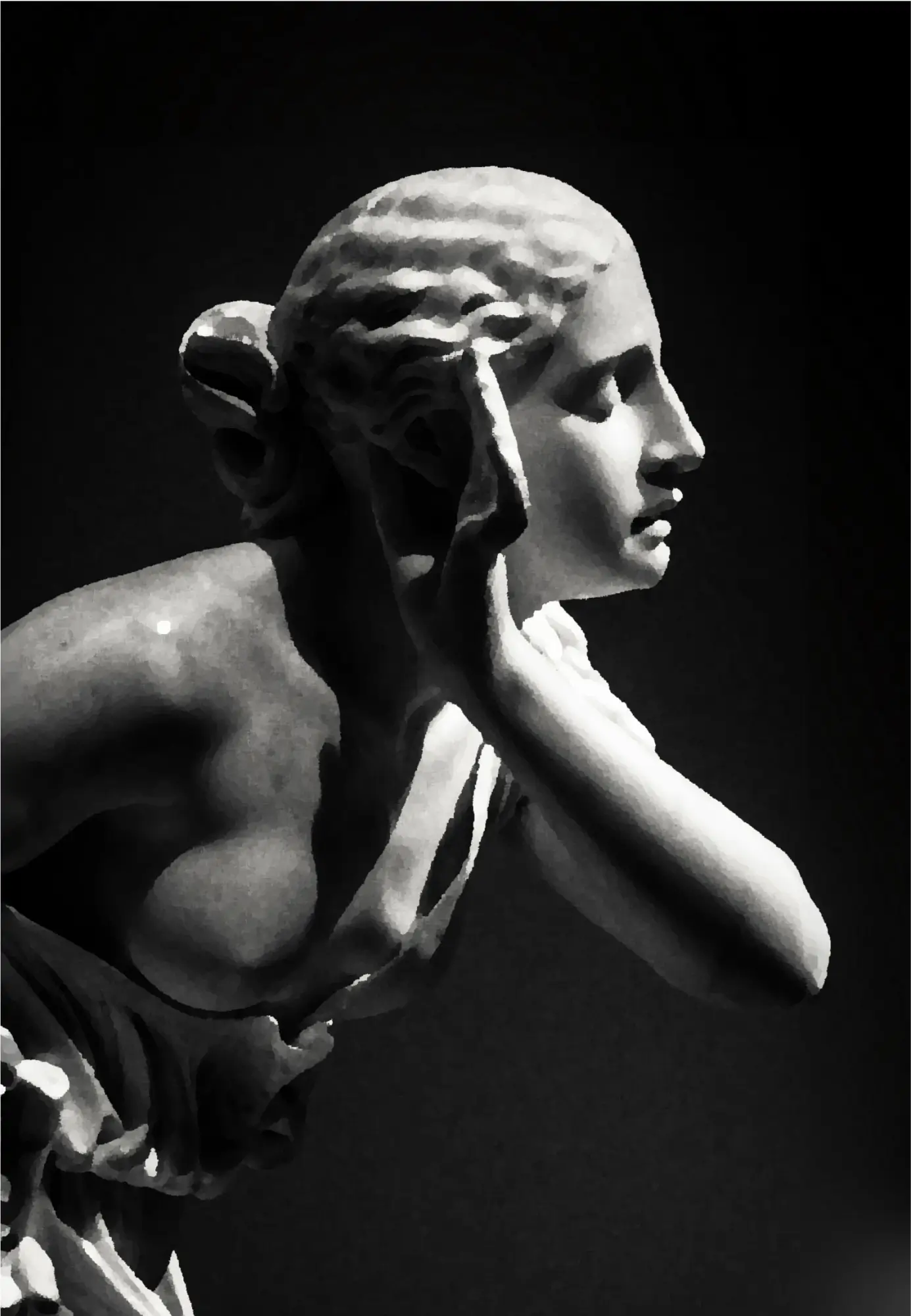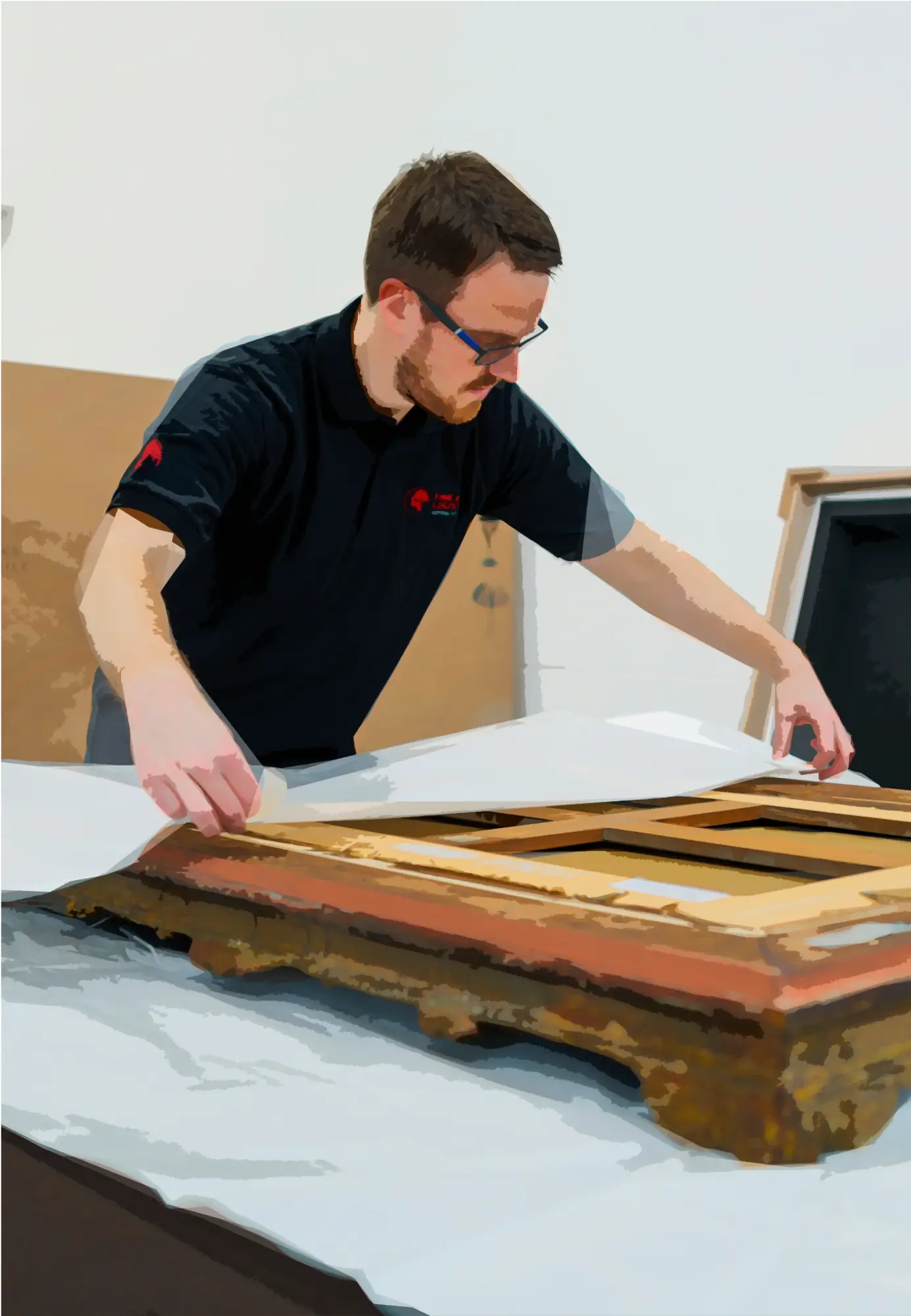One of the great mysteries of the art market is how the selling price of an artwork is set. For the average person, the price of art is subjective and not based on anything. On the other hand, on the art market side, setting the price of a piece of art is the result of a careful analysis of several parameters.
This article provides an insight into the criteria for estimating the value of an artwork.
1. Look at the artist's career.
Exploring the background and artistic training of the creator is one of the most important points to consider when estimating the price of a piece of art.Another essential information when assessing an artist’s market value is to identify whether they are emerging, mid-career or fully established.
A young artist is considered emerging within the first 5 years of his career. As soon as he has participated in a significant number of exhibitions and is featured in one or more art galleries, buyers, and enthusiasts will agree that he is an artist in mid-career. His market value will then evolve simultaneously with his reputation.
An accomplished artist is one who has a proven track record of producing a wide range of works and who is not only internationally recognised for his talent, but also for his contribution to the development of the art world.
The price of an artwork is also influenced by the time of creation in the context of the artist’s career. A work produced at the end of a career will be more valuable than one produced at the start. Similarly, a work that is part of a series belonging to a recognised artistic period (such as Picasso's rose period) will be more valuable.

Pablo Picasso, 1905, Family of Saltimbanques, National Gallery of Art, Washington, D.C.
2. Analyse the artwork.
To assess a work of art, one must consider its physical characteristics, as well as its conceptual features. For example, the size of the work, its medium, its condition or the technique and material used will be analysed to determine its value. So, in turn, will the message contained in the artwork, its historical relevance, its origin and its authenticity

It should be noted that the cost of the materials used in the creation will have no impact on the amount needed to acquire it.
An exception to this rule are installations or sculptural works made out of an expensive material, such as bronze, for example.
The artworks produced in several editions are particular in the way their value is defined. Contrary to what one might think, the price of the different editions won't be identical, and the first edition won't be the most expensive either.
In reality, when the artist announces that his work will be published in several copies (with a limited number), each sale of a new edition increases the value of the following ones.
This phenomenon seems strange; however, it simply responds to the principle of supply and demand.
The more the work is in demand, the higher the selling price of the latest editions, especially if there are only a few copies left.
But beware, this mechanism works as long as the number of copies is indicated at the outset and that it is really limited. This is because works that are reproduced in too large numbers or for which the maximum number of editions is not known will have the opposite effect and will create a depreciation in their value.
3. Assess the reputation of the art gallery presenting the artist.
The fame of an art dealer has a considerable impact on the value of an artist and his work. The more highly regarded the gallery and its representatives are, the more the artist they represent will be considered by collectors.
The career of an emerging artist will also benefit from a show in a renowned gallery, even if the works presented are reasonably priced.
Galleries usually present works to public institutions first. As these institutions do not have the resources of private collectors, the work will be sold to them for a price they can afford. This process is extremely beneficial to artists whose rating will evolve positively, influenced by the recognition of their work by a public institution.
Galleries also play a protective role for artists. They exercise a control mechanism on buyers to avoid selling to pure speculators.
They aim to curb the buying and immediate reselling on the secondary market, a practice known as “flipping”, which has a negative effect on the value of an artist.
4. Pay attention to the venues that exhibit the artist.
We can consider private foundations, museums, openings and biennials, among others.
First, the importance of museums as trusted repositories for art market players should be emphasized. One of their roles is to identify works that reflect today's society, that are culturally significant, and that are in line with the continuing course of art history.
In selecting the works to be exhibited, museum curators therefore have a major impact on the market value of artists.
This influence is also exerted by well-known collectors who, like curators, are meticulous in selecting the pieces that make up their collection.
Then, by listing the artworks and artists that are attracting the attention of these two major players, it is possible to determine the current artists whose market value is evolving.

5. Don’t forget the secondary market.
To determine the value of a work of art, the secondary market also offers interesting clues. An artist whose career is already well established will benefit from the high demand in the secondary market. The sale of his works will benefit from the reputation, origin, and interest shown by a wide audience.
It is worth following the auction houses to get an idea of the price of an artwork you wish to sell, or to see the potential evolution of the value of a work you own.
Take advice from a consultant to find out the value of an artwork.
Before buying a piece of art or investing in the art market, it is strongly recommended that you seek advice from an independent consultant.
You will benefit from an in-depth analysis from a professional who has an overview of the market. He will also be able to tell you whether it is time to buy or whether the trend is to sell.
Ensuring the preservation of your investment.
Acquiring works of art involves considering the conservation and maintenance of the works in their original condition so as not to depreciate the investment.
Fortius can guarantee a highly secure environment in which the atmosphere and hygrometry are adapted to the physical characteristics of each work.





